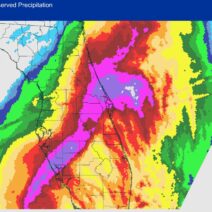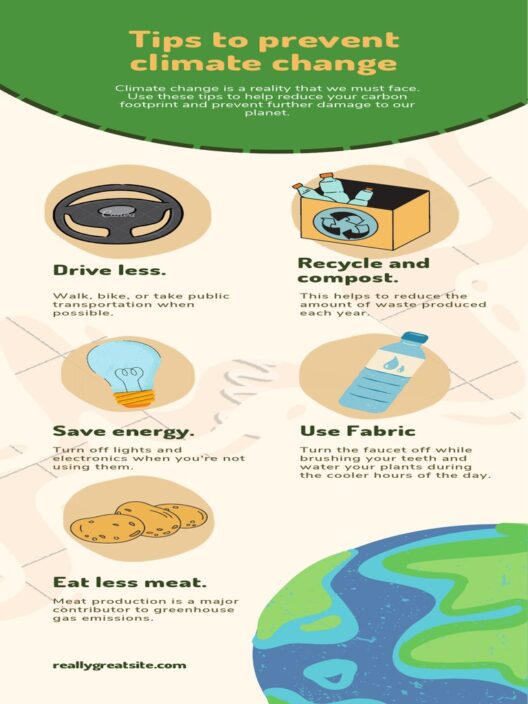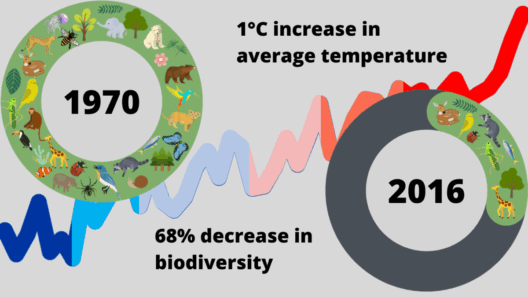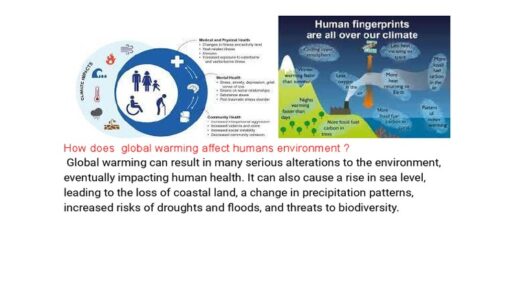What does the word “climate” really mean? This seemingly simple term carries a profound significance that extends far beyond temperature measurements and weather forecasts. To embark on a journey of understanding, let us unravel the complexities embedded in the concept of climate. We will explore its definition, importance, and the multifaceted challenges it presents in today’s world.
What if I told you that every choice you make— from the car you drive to the food you eat— has a ripple effect on the climate? Who knew our everyday decisions could contribute to such a global phenomenon? Dive in with me as we dissect the fundamental essence of climate.
Defining Climate: More Than Just Weather
To grasp the essence of climate, it is crucial to differentiate between climate and weather. Weather refers to the short-term atmospheric conditions over a particular area— think of it as the mood of the atmosphere on any given day. In contrast, climate embodies the long-term patterns and averages of weather conditions in a specific region, typically assessed over a span of 30 years or more.
Climate encompasses not only temperature but also factors like precipitation, wind patterns, and humidity. It’s the symphony composed of various atmospheric elements that comes together to shape the character of a region. Therefore, when we say a place has a “tropical climate,” we are referencing a specific set of characteristics that dictate the overall environmental conditions the area will experience year after year.
The Importance of Climate: More Than Meets the Eye
Climate isn’t merely a scientific concept confined to textbooks and research papers; it is the bedrock upon which ecosystems thrive and human societies flourish. Understanding climate is integral for several reasons:
1. **Ecosystem Dynamics**
Every ecosystem— from lush rainforests to arid deserts— is intricately connected to its climate. The flora and fauna that inhabit these environments have adapted over millennia, forming intricate networks that depend on specific climatic conditions. For instance, the polar bear’s existence is inexorably linked to the Arctic climate, with melting ice caps posing a grave threat to its survival. Effective conservation efforts hinge on a comprehensive understanding of climate systems.
2. **Agricultural Viability**
Farmers are acutely aware that climate dictates the success of their harvests. Crop yields are influenced by average temperatures, rainfall patterns, and the occurrence of extreme weather events. Adapting agricultural practices to the whims of changing climate conditions is crucial for food security, underscoring the need for research and innovation in agricultural science.
3. **Public Health Challenges**
The interplay between climate and public health cannot be overstated. Changing climate conditions can exacerbate the spread of infectious diseases and affect the quality of air and water. For instance, higher temperatures can lead to increased air pollution, triggering respiratory ailments. The vulnerability of populations, particularly in developing regions, highlights the urgent need for climate action and public health preparedness.
Global Climate Change: A Looming Challenge
As we stand at the crossroads of an unprecedented climate crisis, the implications of our understanding extend into the realm of global climate change. The current trajectory paints a disconcerting picture, driven largely by human activities that release greenhouse gases into the atmosphere.
1. **Anthropogenic Factors**
Human actions— from burning fossil fuels to deforestation— have sent carbon dioxide and methane concentrations soaring to record levels. These gases trap heat in the atmosphere, leading to an increase in global temperatures—a phenomenon we refer to as climate change. Science unequivocally points to anthropogenic factors as the primary drivers of this change, igniting debates over responsibility and remediation.
2. **Consequences Unraveled**
The consequences of climate change are both far-reaching and multifaceted. Rising sea levels threaten coastal communities, while altered precipitation patterns lead to both droughts and floods in various regions. The frequency and intensity of extreme weather events escalate, wreaking havoc on infrastructure, economies, and livelihoods. Climate refugees—individuals forced to leave their homes due to climate-related disasters—are becoming increasingly common, demanding urgent responses from global leaders.
3. **The Power of Collective Action**
In the face of such challenges, understanding climate extends beyond scientific inquiry; it ignites a call for collective action. Individuals, communities, and nations alike must grasp their role within this intricate web of climatic interconnections. By adopting sustainable practices and advocating for policy changes, we can mitigate some of the most detrimental effects of climate change.
Concluding Thoughts: Embracing Clarity in Complexity
In summary, the term “climate” encapsulates an array of factors that dictate not only the natural world but also human society at large. As we grapple with the realities of climate change, a nuanced understanding of this term becomes essential. Our choices matter—both locally and globally—reminding us of our shared responsibility to protect our planet.
So, what do you think? Are you ready to consider how your actions influence the intricate dance of climate? Understanding this vital term is the first step towards making informed choices that can collectively steer us towards a more sustainable future. The challenge lies in our hands, and it is a challenge that we must embrace with urgency and determination.







